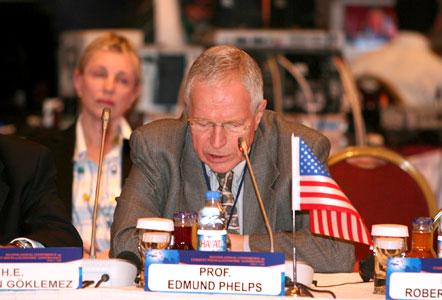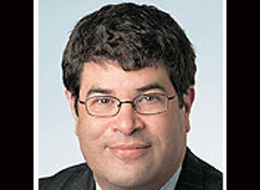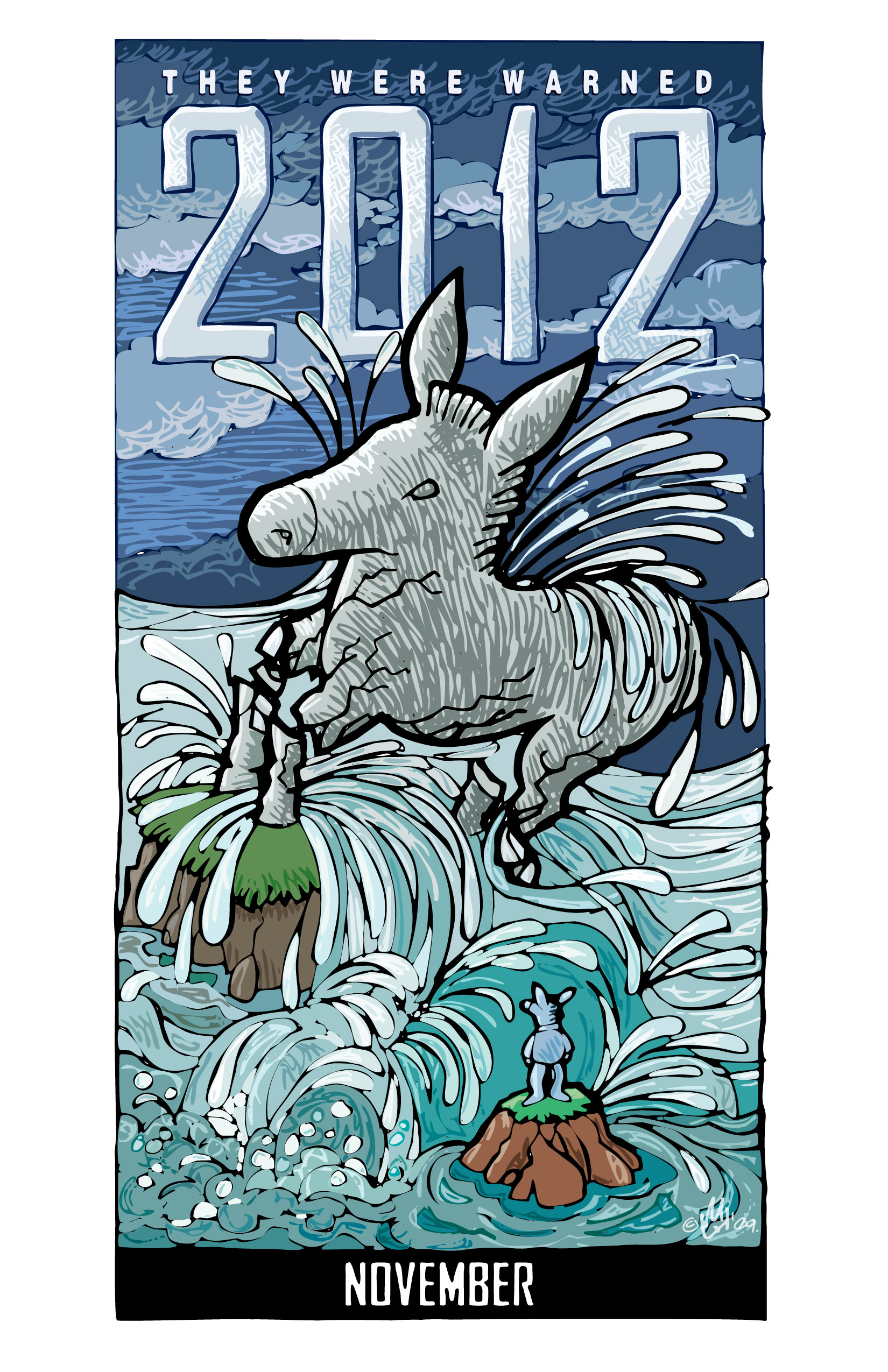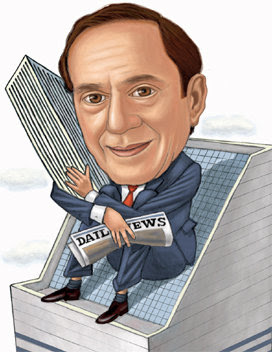
That's my grad school macro teacher right there, Fauxbel winner Ned Phelps,
and here he is producing a stream of yellow piss not even a Polish plough horse could equal:
" -- Keynesian economics, which had been nearly forgotten inside the macro field, has found new voices from outside. They take the position that fiscal “stimulus” of all kinds is effective against slumps of all causes."
Straw man time, eh?
And here's Princeton pwog demigod and fellow Fauxbel recipient Paul de-Krooggamo,
incensed by Ned's tooning of the golden host of Keynesian schlockmeisters:
"OK, no point in reading any further. Nobody, and I mean nobody, holds that alleged position -- it doesn’t even rise to the level of caricature, since it bears no resemblance to what people like me are saying."
"For the most part, the opponents of stimulus just don’t listen; they have this image of the idiot Keynesian so fixed in their minds that they can’t be bothered to pay any attention to the actual arguments."
My my my! Do you really think that's what's up here, Paul?
PK, ever the confident pedant-pedlar-preacher,
instead of giving the Phelps treatment its due,
simply proceeds directly to his own stupid pet trick,
the zero bound moment we're in now -- aka Keynes' liquidity trap.
It might be worth following Ned a little farther than his second paragraph,
though.
The liquidity trap: As the story gets told, the monetary authorities lose control of
their ultimo weapon -- the "real" rate of interest -- when the policy
rate is basically already at zero. Yup, the Fed is handcuffed. Imagine that.
"Love to help, folks, but...."
You just can't push the policy rate any lower than zero without it becoming
a tax on bank reserves, or something equally extra-terrestrial -- heaven forbid!
That's a problem because if you want a recovery led by the private sector, you might
have to do something just that wild and crazy. Because in such a recovery, as Ned sez,
"Employment will recover -- only as far as investment demand will carry it."
Example:
Say you're gentle Ben and you reckon the real rate of interest necessary to restart corporate investment in plant and equipment or even building up inventory has fallen to -9%. (Yes, you'd have to be allowed to pay back less than you borrowed.)
Recall the nominal rate is now assumed to be zero and inflation is, say,
running around 3%. Now if we've got a policy block at the zero bound,
that puts us 6% short of full spontaneous investment-led recovery.
Now as mad redhots without scruples, and without any respect at all for the
capital markets, we could simply make uncle pay the diff -- you know, get
the bank to loan out at zero percent for some term and have sucker sam pay
the borrower a 6% per annum subsidy on outstanding balances till paid off --
kool, eh?
OR...
We could have Uncle simply, you know, -- perk up inflation. Up to 9% -- but,
umm that's just the other horn of the liquidity trap. There is no way to
push up inflation simply by flooding the system with dollars, and basically
that's about all the Fed could do.
In times like these, the private markets turn sponge-dry,
so Uncle might have to buy in all the federal debt he has out there
and still -- well, you get it, right? Regardless of the possible --
Realpolitik-wise we're gonna obviously fall far short of these remedies,
especially given Wall Street's Turkish submission hold on the Fed.
So -- what else might a pwog goo-goo suggest?
Enter schlock fiscal policy -- the old Keynesian hydraulics.
Run a big deficit -- pump up demand so much that Uncle lifts
the recovery real rate of interest. In fact with enough pumping
Uncle might get it up to the -3% real rate
we can reach without braking the zero bound (remember
dat ole debbil inflation).
"Well, maybe not," sez my mentor Ned, at least not in
today's context, because "To pump up consumer or government
demand would force interest rates up and asset prices down,
possibly by enough to destroy more jobs than are created."
That is, the attempt to lift effective demand by running a deficit
might get offset by simultaneously increasing the bugaboo
real interest rate -- which remember, by assumption I pinned
at -3%.
My man obviously gets Krug's zero-bound policy-rate stymie.
In fact he trumps it by generalizing the stymie to all levels
of nominal interest. Ned don't need no stinkin' zero bound
-- err -- in the present context. Right now, no matter what
the nominal rate is, if a signifigant drop is called for, the
fed can't make it happen 'cause "interest rates cannot fall much
in an open economy."
What? Why? When? Wherefor?
Imagine the Fed shoots in money to offset the deficit effect
on real rates. Then -- and just accept this as true: if the
rate drops the dollar forex rate will drop too. Now the dollar
falls and "a weaker currency has contractionary effects on output
supply [which] could spoil the expansion coming from the effects
on export and import demands."
Ned admits the falling dollar would have a recovery effect too --
the normal one I beat to death 'round here: increasing exports
while decreasing imports. But his "contraction of output supply
effect" trumps it -- err, I guess.
Ned has secretly assumed a magic bean set of elasticities here.
A lower dollar would increase output in most settings of this
baboon tree of elasticities. To get his beans to grow into a
pole reaching up to the clouds, you gotta have Ned's hidden
bevy of additional variables and set 'em just so --
or else you won't get this eddy-dominates-prevailing-current
effect.
He might of course be right, and Krug might have gone
a little deeper into the reasons he might not be right.
But maybe Krug's instincts aren't all wrong. Here's Ned's
own forecast:
"As I see it, the poor state of balance sheets in households, banks and many companies augurs a “structural slump” of long duration."
Just what the Wall Street witch doctors ordered. Ned ends up back on Queer Street with the vulgar trans-nat Babbit drummers.

 By chance I recently passed by the Jefferson Davis monument in New Orleans, commemorating another Southern friend to imperially-sponsored secessionism and pride of race.
By chance I recently passed by the Jefferson Davis monument in New Orleans, commemorating another Southern friend to imperially-sponsored secessionism and pride of race. 

 Doug writes:
Doug writes:









 Over at one of Father Smith's mailing-list lurkeries,
I just found
Over at one of Father Smith's mailing-list lurkeries,
I just found 


 Usually the Times' bookmugger-in-chief, Michiko Kakutani, is kinder to women writers than men. But
Usually the Times' bookmugger-in-chief, Michiko Kakutani, is kinder to women writers than men. But 







 >
>













